What Makes Real-Time Vivino Wine Market Insights 89% Reliable for Tracking Reviews and Global Pricing?
Introduction
In today’s competitive beverage landscape, understanding consumer behavior and pricing across global markets has become essential for wineries, distributors, and retailers. Platforms like Vivino have emerged as the go-to choice for millions of wine enthusiasts sharing reviews, ratings, and experiences. By integrating Liquor Delivery Mobile App Data Scraping, businesses can now capture extensive real-time data directly from Vivino to analyze shifting trends, customer sentiment, and product positioning.
With Real-Time Vivino Wine Market Insights, it becomes possible to monitor wine preferences across regions, assess review patterns, and compare global prices in seconds. This real-time intelligence helps brands align their offerings with changing consumer expectations and price their products competitively. Additionally, analyzing review scores and feedback aids in identifying what drives positive user experiences and how these preferences influence purchasing decisions.
By collecting accurate and structured datasets, stakeholders can better forecast demand, optimize inventory, and improve pricing models. In a data-driven market, the ability to Scrape Vivino Wine Reviews and assess international metrics provides a significant edge, ensuring consistent market visibility. Real-time insights, when used strategically, empower beverage companies to make smarter, faster, and more impactful business decisions globally.
Examining the Global Dynamics of Wine Consumption Trends
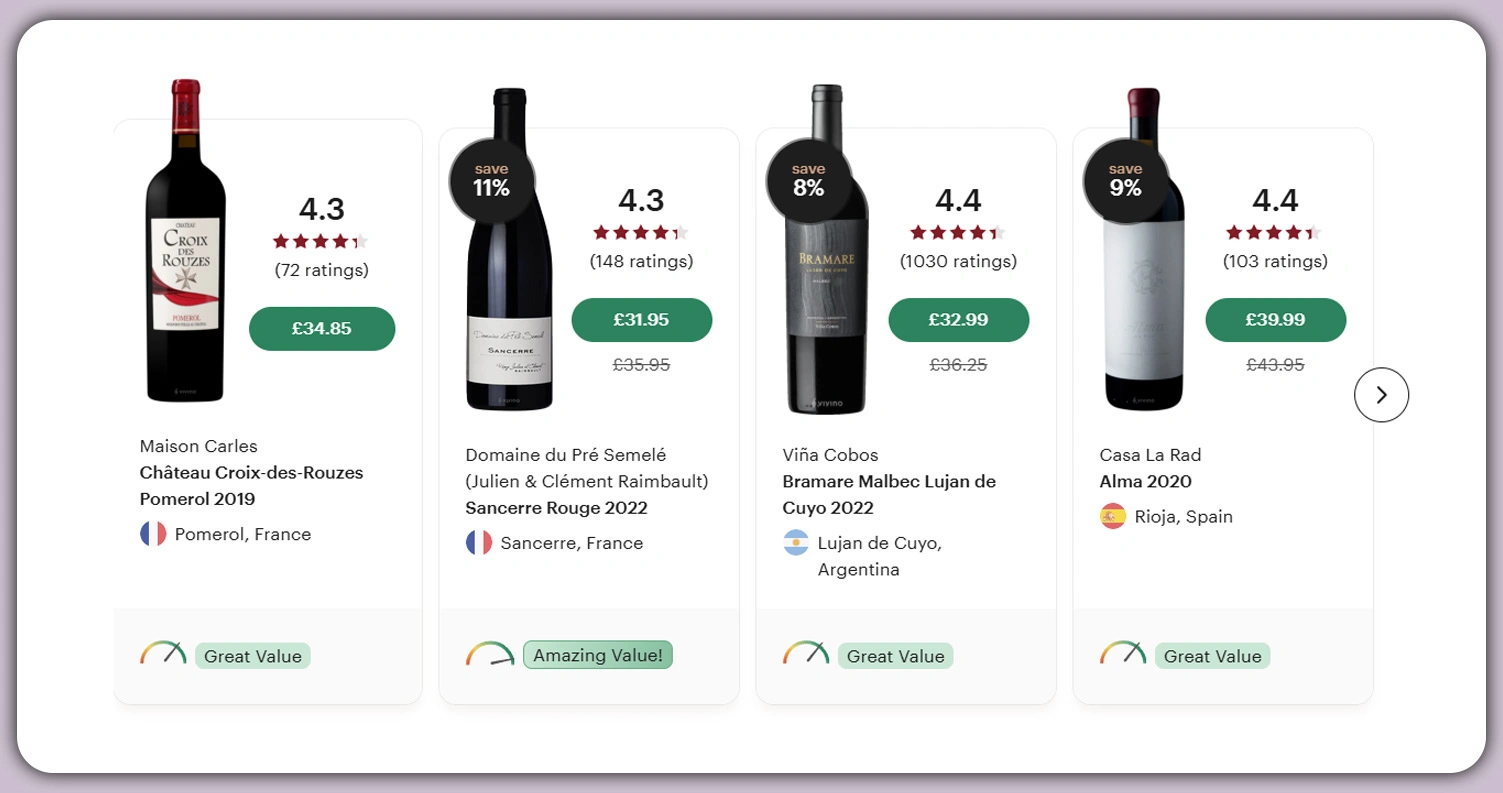
Understanding how wine preferences differ across countries helps producers make informed market entry and pricing decisions. Using Vivino Wine Data Extraction, businesses can monitor shifting consumer choices, regional pricing, and varietal popularity. The data collected from millions of user interactions provides valuable insights into how local tastes align with broader global movements.
The global wine sector’s performance depends heavily on metrics like regional consumption growth, bottle ratings, and value perception. By assessing this information, stakeholders can uncover where premium wines outperform budget offerings, and vice versa. It also enables export planners to target countries showing an upward trajectory in both demand and pricing flexibility.
| Region | Avg. Rating | Avg. Price (USD) | Growth Trend |
|---|---|---|---|
| Europe | 4.2 | 23.50 | Stable |
| North America | 4.0 | 27.10 | Growing |
| Asia | 3.8 | 21.80 | Emerging |
Analyzing such data helps businesses anticipate changes in purchasing patterns and align marketing with real consumer preferences. Insights from Scrape Vivino Wine Reviews also guide producers in recognizing what elements—taste, packaging, or affordability—drive purchase intent.
By combining regional insights with historical data, producers can predict shifts in customer loyalty, identify potential export markets, and strengthen brand value. Data-backed market analysis creates a competitive edge that drives profitable positioning in both established and emerging markets.
Turning Customer Feedback into Market Intelligence Assets
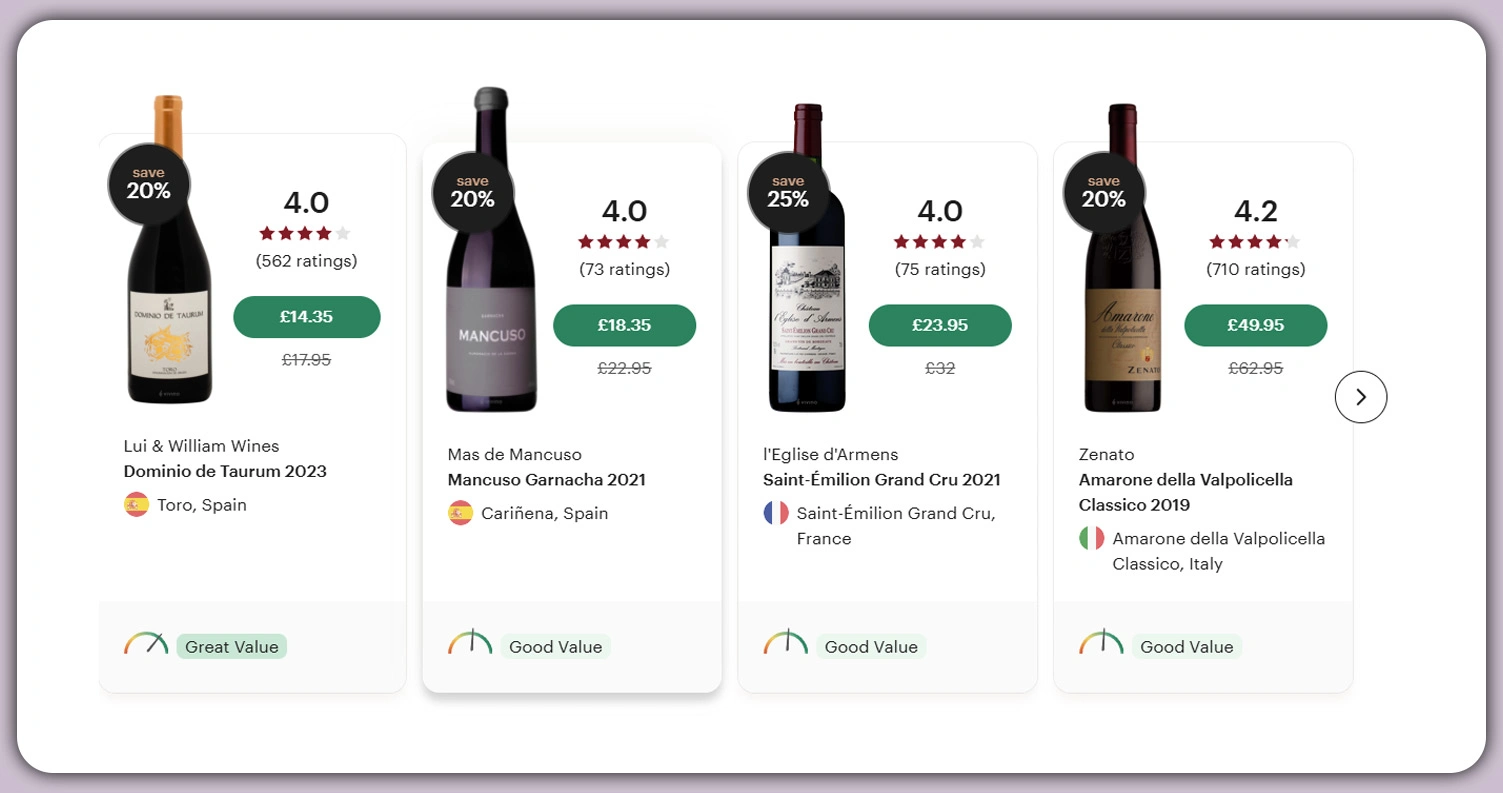
Customer reviews serve as a powerful tool for understanding emotional connections with wine brands. By deploying Vivino App Data Scraper, businesses can process user feedback at scale to determine which attributes most influence ratings. Each review carries information about perceived quality, packaging design, and price fairness—allowing wineries to act on feedback in near real time.
Feedback analytics reveal patterns that directly impact market positioning. Consistent positive mentions of aroma or taste indicate product excellence, while concerns about pricing or delivery highlight opportunities for improvement.
| Review Attribute | Avg. Score | Influence on Sales (%) |
|---|---|---|
| Flavor Balance | 4.3 | 44 |
| Bottle Design | 3.9 | 16 |
| Pricing | 4.0 | 27 |
| Brand Perception | 4.1 | 13 |
Understanding how customer satisfaction evolves helps producers craft promotional campaigns that resonate emotionally. Review-based segmentation can differentiate between high-end connoisseurs and casual drinkers, tailoring communication accordingly.
Data insights derived from customer sentiment enable wineries to craft experiences that strengthen loyalty. Structured review analytics transform raw opinions into actionable intelligence—supporting decisions on pricing, flavor refinement, and packaging enhancements. Continuous monitoring of audience sentiment helps sustain a consistent reputation across diverse global markets.
Comparing Global Price Variation for Effective Positioning
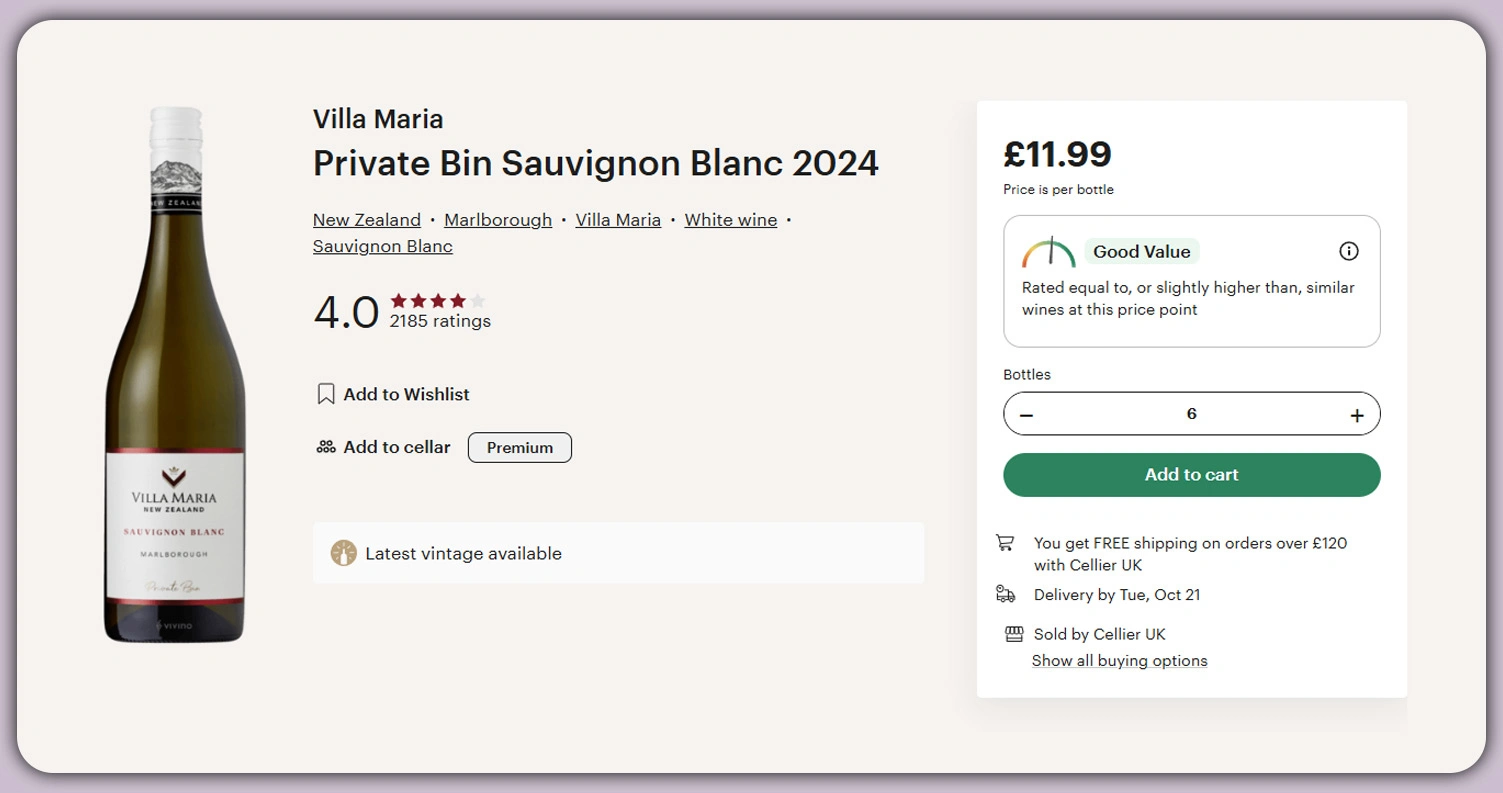
Wine pricing fluctuates widely depending on demand, logistics, and market perception. With data gathered through Vivino Wine Dataset, producers can evaluate pricing disparities across continents and align export strategies accordingly. Tracking such variations reveals how local economies influence willingness to pay and product demand.
Analyzing international trends helps brands ensure equitable pricing and protect profit margins. It also exposes regions where premium bottles can achieve higher conversions due to favorable consumer sentiment.
| Country | Avg. Bottle Price (USD) | Avg. Rating | Market Demand Index |
|---|---|---|---|
| France | 32.20 | 4.4 | High |
| USA | 28.90 | 4.1 | Moderate |
| Australia | 25.50 | 3.9 | Expanding |
Insights drawn from pricing data offer guidance on tax structures, import costs, and distribution expenses, helping wineries optimize their global footprint. By studying price elasticity, producers can forecast how discounts or promotions might influence volume sales.
Furthermore, information obtained through Extract Vivino Global Wine Prices assists in tracking historical pricing and benchmarking against competitors. Transparent pricing evaluation drives better negotiation strategies and helps maintain brand competitiveness in dynamic markets.
Anticipating Evolving Preferences through Analytical Modeling
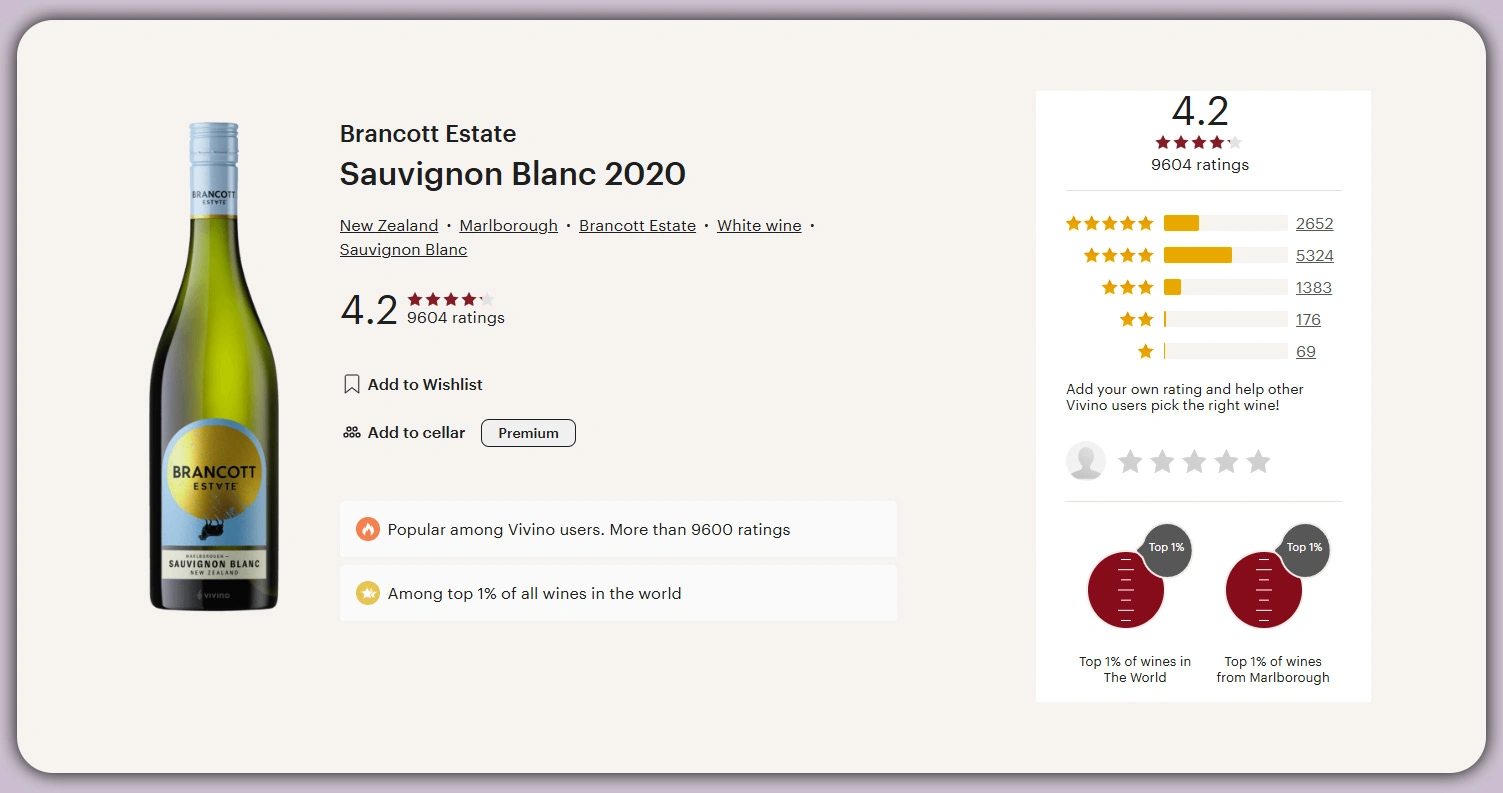
Consumer tastes in wine evolve with social trends, economic shifts, and seasonal factors. Data-driven forecasting enables producers to anticipate these changes and adapt faster. Leveraging insights from Vivino Reviews and Ratings Scraper supports predictive modeling to understand what influences wine preference at different times of the year.
Predictive analysis highlights correlations between seasonal demand and consumer sentiment. For example, festive months may show higher interest in sparkling varieties, while colder seasons see a preference for rich reds.
| Predictive Factor | Impact (%) | Trend Status |
|---|---|---|
| Seasonal Consumption | 35 | Rising |
| Price Sensitivity | 25 | Moderate |
| Label Recognition | 20 | Increasing |
| Regional Promotion | 20 | Fluctuating |
Predictive data analysis assists marketing teams in timing product launches and managing inventories effectively. Understanding how social influence or regional campaigns affect demand allows for more accurate production scheduling.
Machine-learning models built on historic review data help forecast demand surges, price responses, and customer loyalty cycles. When interpreted correctly, this information offers a proactive advantage—helping brands maintain relevance and profitability even as market conditions shift.
Improving Operational Efficiency through Smart Data Integration
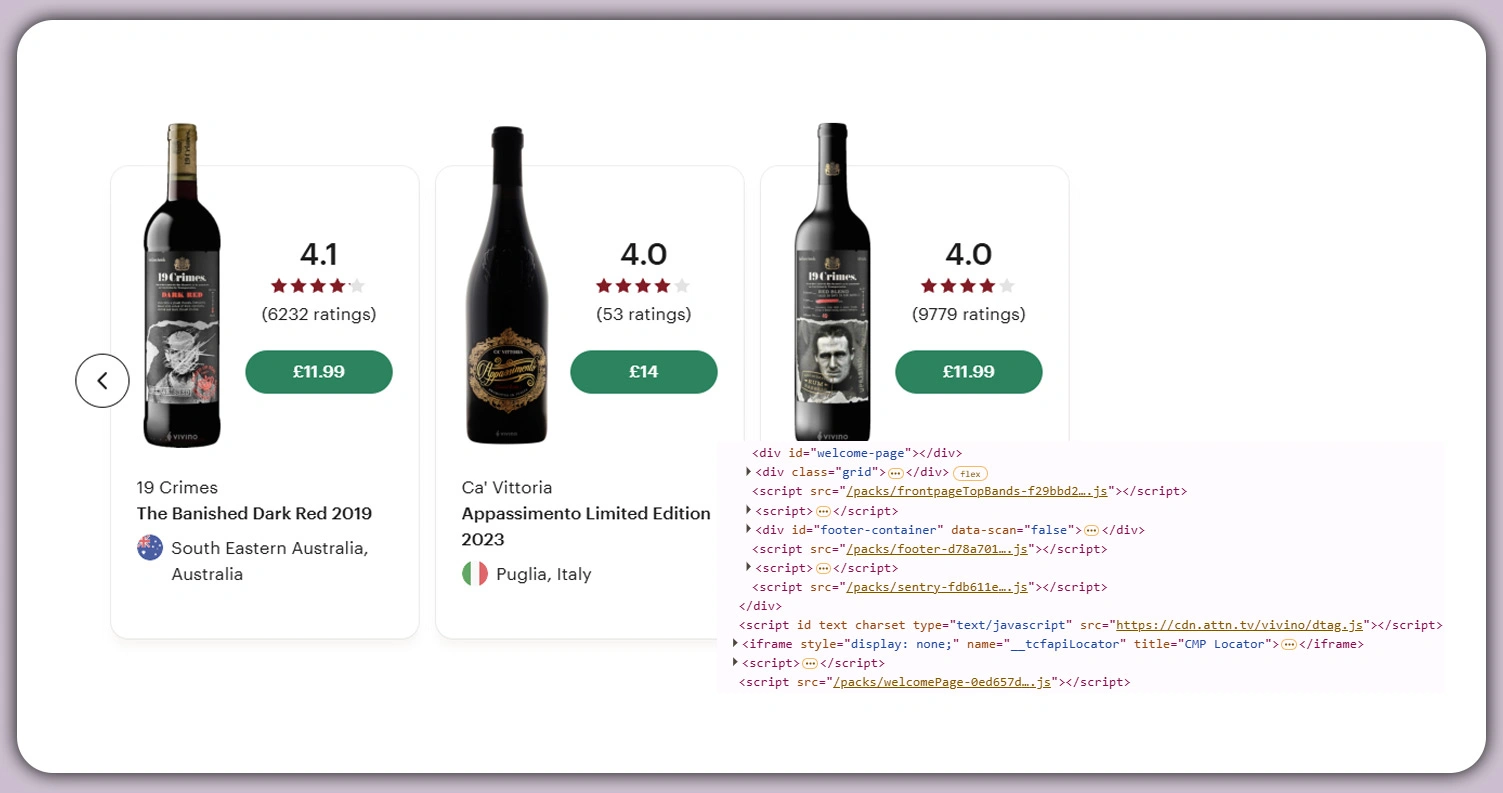
The beverage industry thrives on fast, accurate insights. Centralizing extracted data using Vivino API Data Scraping Services allows teams to collaborate efficiently and make quick strategic adjustments. Unified dashboards integrate pricing, rating, and regional insights into one view, ensuring cross-departmental consistency.
Data integration enhances visibility across the supply chain—from sourcing to marketing—enabling informed, real-time decision-making. It ensures that executives and analysts rely on the same verified data for reporting and forecasting.
| Data Category | Business Application | Expected Outcome |
|---|---|---|
| Pricing Trends | Revenue Forecasting | Margin Growth |
| Customer Reviews | Product Enhancement | Satisfaction Boost |
| Regional Sales | Export Planning | Wider Market Reach |
This streamlined data access encourages proactive responses to market changes and simplifies reporting across global teams. It also supports flexible scaling as wine portfolios expand internationally.
An integrated approach ensures accurate reporting, reduces redundancy, and promotes agility in strategic planning. Centralized insights drive faster adaptation to evolving beverage market conditions, enabling brands to maintain leadership and operational precision across dynamic regions.
Understanding Future Growth Patterns through Market Analytics
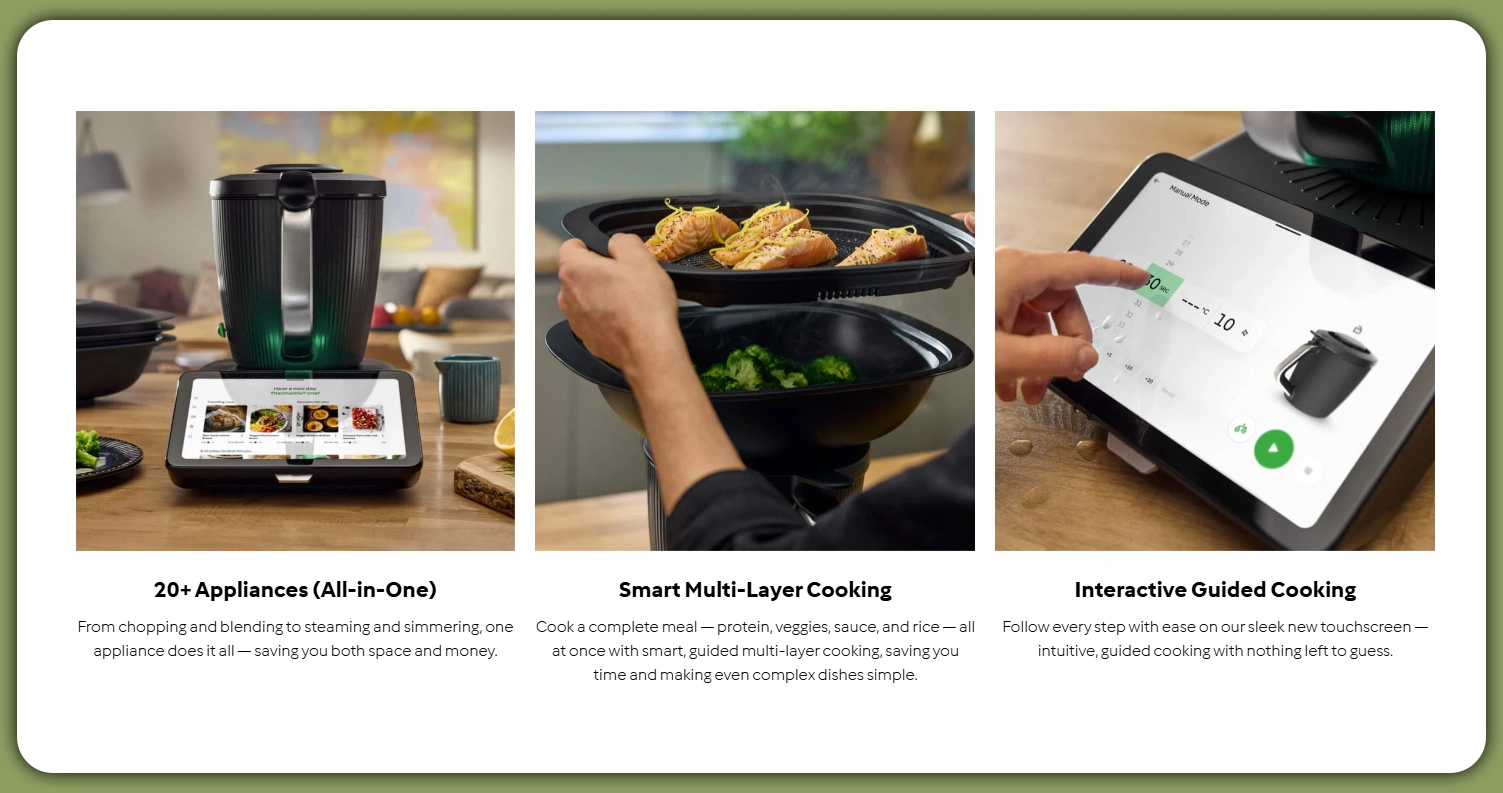
The beverage industry’s transformation is heavily driven by digital analytics. Reports based on Beverage Market Trends 2025 show how sustainability, digital influence, and personalization are shaping future consumer behavior. Data-driven insights allow businesses to predict which product segments will dominate in the coming years.
Analyzing sales and review metrics provides a forecast of industry direction—whether consumers will prefer organic wines, eco-friendly packaging, or value-based pricing models.
| Year | Global Wine Revenue (USD Billion) | Review Volume (Millions) | Market Growth % |
|---|---|---|---|
| 2024 | 21.8 | 16 | 25% |
| 2025 | 27.3 | 22 | 37% |
Market analytics also highlight the importance of regional differentiation. For instance, emerging economies show accelerated interest in mid-range wines, while mature markets lean toward premium selections. These projections help producers adjust portfolio strategies accordingly.
The integration of structured data and forecasting tools improves long-term decision-making, guiding investment in production, branding, and distribution. Insights from predictive analytics refine every aspect of wine strategy—from supply chain optimization to consumer targeting—ensuring growth in both established and developing markets.
How Mobile App Scraping Can Help You?
Brands in the beverage industry can significantly benefit from Real-Time Vivino Wine Market Insights, as we offer precision, speed, and scale. By continuously monitoring user behavior, price variations, and product sentiment, businesses can fine-tune their marketing and pricing strategies.
Key benefits include:
- Collecting structured data from global platforms.
- Analyzing real-time price fluctuations.
- Tracking competitor reviews and performance.
- Monitoring emerging regional trends.
- Identifying high-demand varieties early.
- Enhancing promotional timing and reach.
By incorporating mobile scraping technology, companies create a foundation for long-term visibility and competitive positioning. The process not only improves response time but ensures every strategic move is data-informed. Businesses analyzing such datasets can also benefit from the detailed mapping achieved through Vivino Wine Dataset, making app scraping an essential part of their market research ecosystem.
Conclusion
Modern beverage analytics are built upon continuous access to Real-Time Vivino Wine Market Insights, allowing producers and distributors to understand evolving consumer patterns. This data-centric approach strengthens decision-making by merging consumer sentiment with global pricing metrics for a more complete market picture.
By integrating Vivino Wine Data Extraction, brands can forecast future trends with precision and create stronger engagement strategies. These insights are transforming how the wine industry approaches competition, value, and branding. Connect with Mobile App Scraping today to integrate intelligent scraping solutions into your operations.